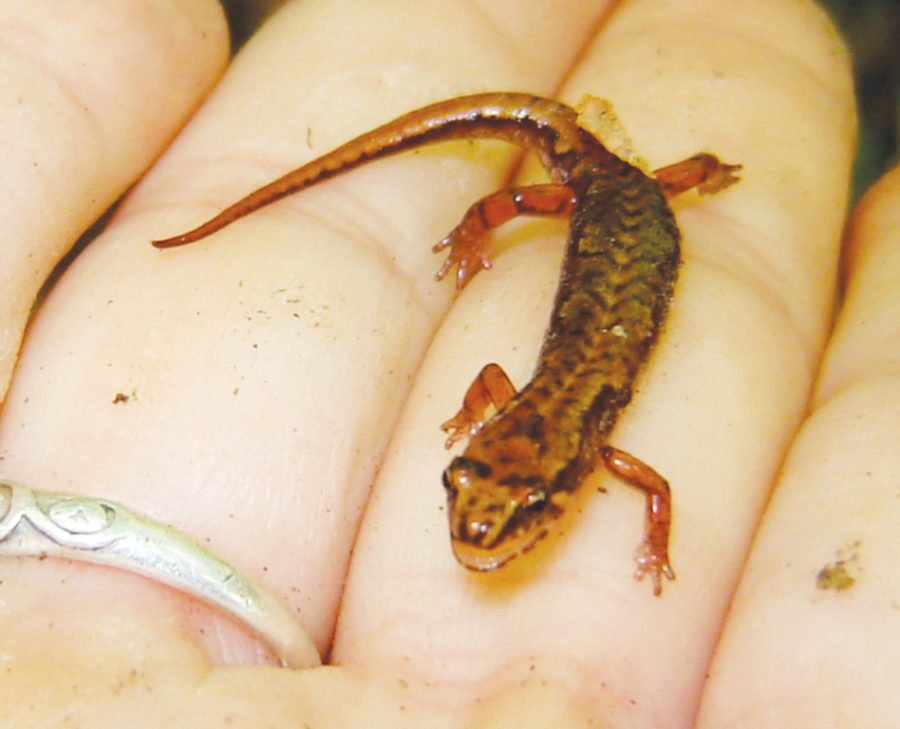Leslie Rissler and Erica J. Crespi, associate professors of biological sciences at the University, along with Robert A. Browne of the biology department at Wake Forest University, recently co-discovered a new species of salamander, the Northern Pigmy Salamander. It was officially declared a new species by the Center for North American Herpetology on Aug. 26, according to a UA news release.
“It is important because species are the pinnacle of the evolutionary process, providing important clues to scientists interested in understanding earth history,” Rissler said. “It is also important because we are in a biodiversity crisis. Understanding the patterns of biodiversity is a crucial first step to ensuring the continued presence of other species on our planet.”
This particular type of salamander is found along the central sections of the Blue Ridge Mountains, part of the Appalachian mountain range, the release stated.
“It is found in this area because it is a mountain species which requires high altitude and a cold environment,” Rissler said. “Without mountain tops, this salamander could not survive.”
According to the release, the salamander discovered was an adult about one to two inches long with a dark copper color and distinctive features such as wavy patterns on it skin.
The researchers said they named the species desmognathus organi after James Organ, a scientist who first studied the population of species in southwestern Virginia in 1961.
Rissler said he relayed the information to Organ.
“It was a rare experience and a real joy to be able to tell a biologist that his name would forever be associated with a new species – one that he had studied for a half century,” Rissler said. “I think he was quite pleased.”
The process of identifying a new species takes several years of research, and in order to identify a new species, Rissler studies DNA sequencing and morphological and ecological differences.
“Discovering a new species of salamander is important in many ways,” Rissler said. “It improves conservation for this species, provides important clues to other scientists and gives us the ability to explore the evolutional history of life on this planet.”
The Northern Pigmy Salamander will be listed in zoology books and be available as a type specimen in the UA Herpetological Collection.
“The Southeastern U.S. is the world hotspot for salamander biodiversity, and we are lucky to share our homes with some of the most amazing creatures on our planet,” Rissler said. “As Alabamians, we should be proud of the natural heritage of our state and surrounding regions and aim to preserve it.”
The scientific article about the Northern Pigmy Salamander will be released within the next month.







